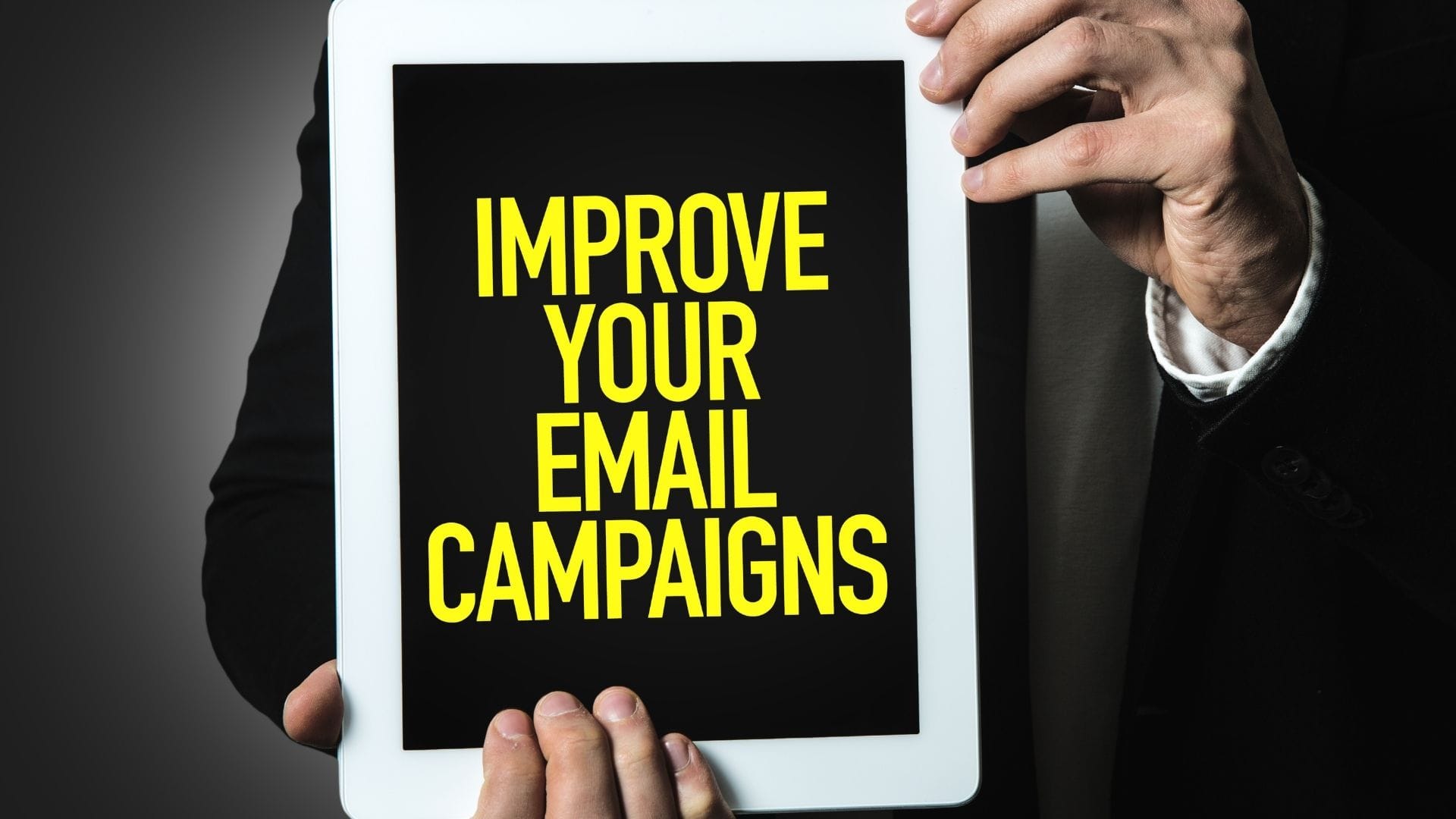
A lot of the new marketers that I am working with are asking me this: “What should I do about my non – social media campaign?” The short answer to that is: Everything. All of it. If you are one of those newer entrepreneurs just getting started and haven’t built up a substantial list yet, then the answer to your non – social media marketing may be easier than you think.
The problem with most email campaigns these days is that there are usually two separate channels to track. There are your deliverability metrics, which allow you to see how many of your emails are delivered and how many of them are opened and read. There are also your landing pages, where you can see what type of visitors you are bringing to your site. Tracking both of these performance indicators gives you valuable insight into the success or failure of your campaign.
But when you are just getting started, you don’t want to rely solely on your tracking tools to make the determination about the effectiveness or otherwise of your marketing strategy. Because if something is not converting for you, then it probably is not. Therefore you need to step back from your campaign and take a look at the overall state of its delivery. What parts of it are failing? Can’t they all be tracking tracking?
The answer to this question is… yes! You absolutely must have dedicated email campaigns software in place. Now remember: you want to use email campaigns software to track both your deliverability and your landing pages. That is the only way to ensure that every aspect of your campaign is performing to your expectations.
One of the most common complaints about email campaigns is that they fail to deliver because they use email marketing software that isn’t set up to deliver to specific landing pages. Now I don’t want to get you started with all the various lists and optin lists out there, but most email campaigns that fail are set up for people who visit a generic “home” page. And this is where most spammers and hackers get your emails.
They send these emails to subscribers who never asked for them. They then include a link (or two) directing them to an open form where they can “subscribe” to your mailing list. Once they do this, it is entirely up to you whether they ever buy a product from you or not. The problem with this approach is that nobody is informed that these subscribers exist. They just show up in your subscriber list, and you never know when one of your subscribers might open one of those annoying spam emails and send you some very unwanted junk mail.
If you are looking for a platform to send email campaigns, click here for more.
Therefore, instead of relying on a generic mailing list to build your email subscriber list, you should use a dedicated email campaign that will provide you with a targeted list of subscribers. If you’ve got an interest in a specific niche, you can set up a feeder site where visitors can subscribe to your list. People who opt-in to your list will receive a daily email blast with content related to your chosen niche. But there is even better news. By taking advantage of social networking sites such as Twitter and Facebook, you can drive traffic directly to your marketing campaign.
In addition to having a targeted mailing list, you can also use a Twitter feed and Facebook fan page. These tools will increase your exposure as you send out emails to your prospective students. The best thing about it is that you can actually interact with your subscribers. In other words, you’re not just a faceless entity sending out marketing campaigns.


